Cheonjeyeon Tosok Eumsikjeom (천제연토속음식점)
13.7Km 2021-03-24
45, Cheonjeyeon-ro, Seogwipo-si, Jeju-do
+82-64-738-3120
It is a restaurant with many seats that can accommodate 100 people. This restaurant's signature menu is braised cutlassfish. This Korean dishes restaurant is located in Seogwipo-si, Jeju-do.
Teddy Bear Museum Jeju (테디베어뮤지엄제주)
13.8Km 2025-03-15
31 Jungmungwangwang-ro 110beon-gil, Seogwipo-si, Jeju-do
+82-64-738-7600
Teddy Bear Museum Jeju is a themed museum dedicated to teddy bears. It showcases rare teddy bears collected from around the world and also introduces the history of humanity in the 20th century. The adorable teddy bears make it popular among children. Visitors can enjoy performances by Elvis Teddy at the Elvis Theater every 15 minutes. There are also outdoor gardens, a souvenir shop, and a café available.
Alive Museum - Jeju Island Jungmun Branch (박물관은 살아있다 (제주중문점))
13.9Km 2021-07-29
42, Jungmungwangwang-ro, Seogwipo-si, Jeju-do
+82-64-805-0888
"Alive Musuem" is a cultural playground, consists of five themes namely - optical illusion art, media art, object art, sculpture art and provence art, where imaginations can be turned into reality. Visitors can participate actively and take many interesting pictures while posing with the art in a variety of fun and unique ways.
The Shilla Jeju (제주신라호텔)
13.9Km 2021-03-16
75, Jungmungwangwang-ro 72beon-gil, Seogwipo-si, Jeju-do
+82-64-735-5114
A premier hotel with a classic European design, The Shilla Jeju is a full-scale lodging resort located in Jungmun Tourist Complex on the southern coast of Jeju Island facing the Pacific Ocean. Opened in 1990, the hotel offers guestrooms of various types, in addition to restaurants, banquet halls and meeting rooms, a fitness club, and other convenience and entertainment facilities.
The Suites Hotel (제주 스위트호텔)
13.9Km 2021-02-26
67, Jungmungwangwang-ro 72beon-gil, Seogwipo-si, Jeju-do
+82-64-738-3800
Located within Jungmun Resort, The Suites Hotel is surround by nature with a view of Hallasan Mountain and the blue sea. The hotel offers 90 cozy guestrooms and amenities, such as banquet halls, a swimming pool, convenience store, singing rooms, and business center.
Grand Josun Jeju (그랜드 조선 제주)
14.1Km 2022-06-08
60 , Jungmungwangwang-ro 72beon-gil, Seogwipo-si, Jeju-do
Grand Josun Jeju is located in Jeju Jungmun Resort near Jeju's representative attractions. The large guest rooms are perfect for spending a relaxing day. In particular, Grand Josun Hill Suite is completely private and perfect for couples on their honeymoon. Facilties include six restaurants, a bar, four season pool, fitness center, spa, kids' club and more.
Jungmun Parnas Hotel Jeju (중문 파르나스 제주)
14.2Km 2024-04-01
100, Jungmungwangwang-ro 72beon-gil, Seogwipo-si, Jeju-do
Jungmun Parnas Hotel Jeju is a 5-star luxury hotel newly built in 2022 that is famous for its oceanfront accommodations with stunning ocean views of Seogwipo. Besides the infinity pool club lounge and dining, activity packages are also available, letting guests enjoy the beautiful scenery of Jeju Island with top-notch service. A TV series called "King the Land (2023)" made this place even more famous as the many scenes from the dramas were filmed inside the hotel. In particular, the lobby shining under bright sunlight created a cheerful mood in the TV series. There is also a family lounge and guest rooms customized for families, making it the perfect accommodation for a family vacation with kids.
Seogwipo Yerae Ecological Village (서귀포 예래생태마을)
14.9Km 2020-02-07
82, Yerae-ro, Seogwipo-si, Jeju-do
+82-64-738-6613
Yaerae Village encompasses a beautiful natural landscape, prime seaside location in Jeju, and cultural and historic sites spread throughout the area. Located between valleys near Jungmun Resort, considered one of Korea’s greatest tourism complexes, the village retains its traditional way of life. Village residents value environmental awareness, placing an importance on educating youth to preserve both the local customs and the village’s natural surroundings. Villagers encourage a sense of community through engaging in environment-related activities.
Loving Hut Jeju (러빙헛제주)
15.1Km 2021-03-22
7036, Iljudong-ro, Seogwipo-si, Jeju-do
+82-10-4696-9006
This is a Korean cuisine located in Seogwipo-si, Jeju-do. A vegetarian restaurant. The representative menu is hot pot special.
Lee Jeongui's House (이정의댁)
15.4Km 2024-04-02
22-1 Yerae-ro 144beon-gil, Seogwipo-si, Jeju-do
Lee Jeong-ui's House, nestled near the Yerae-dong Community Center, is a charming café set within the confines of a renovated traditional house. Surrounded by a black stone wall, it features a quaint single-story structure, a spacious yard, and outdoor seating under the fragrant boughs of tangerine and camellia trees. Inside, the ambiance is enhanced by dark wooden antique furniture and a distinctive café signboard. The café offers a delightful assortment of uniquely shaped small desserts and is dotted with photo zones, making it an enchanting spot for children. Situated close to the Jungmun Tourist Complex and the Saekdalhaebyeon Beach, it serves as a multifaceted destination where visitors can enjoy a café, dessert shop, and Airbnb accommodations, all while soaking in the authentic Jeju atmosphere.

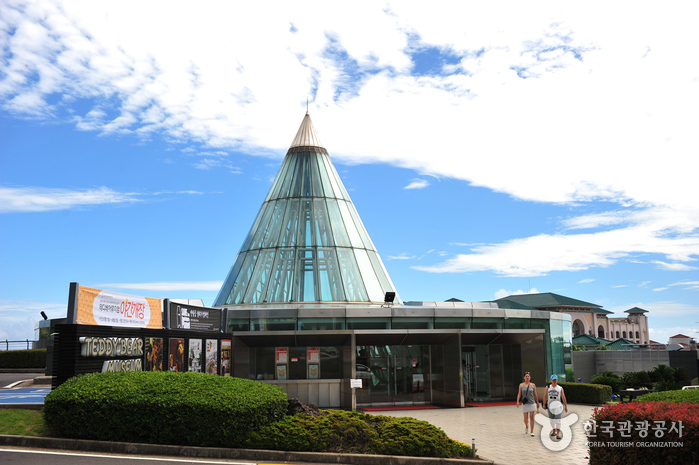
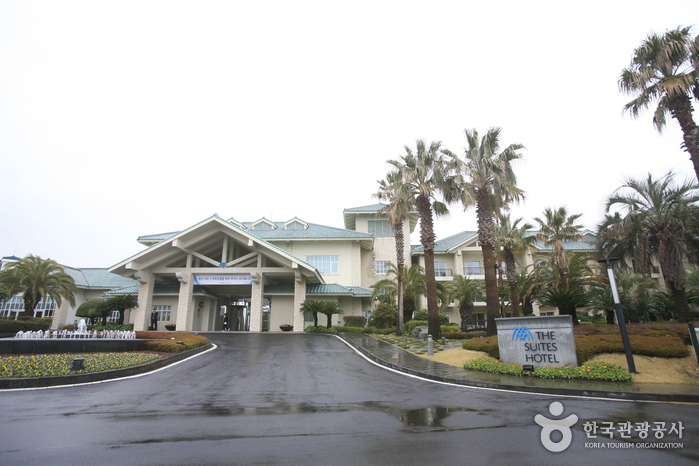
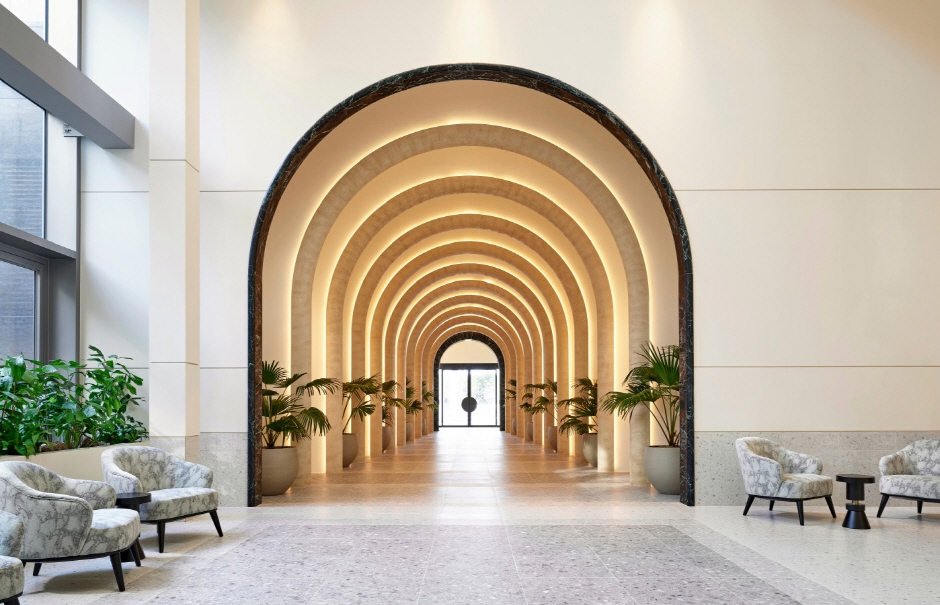
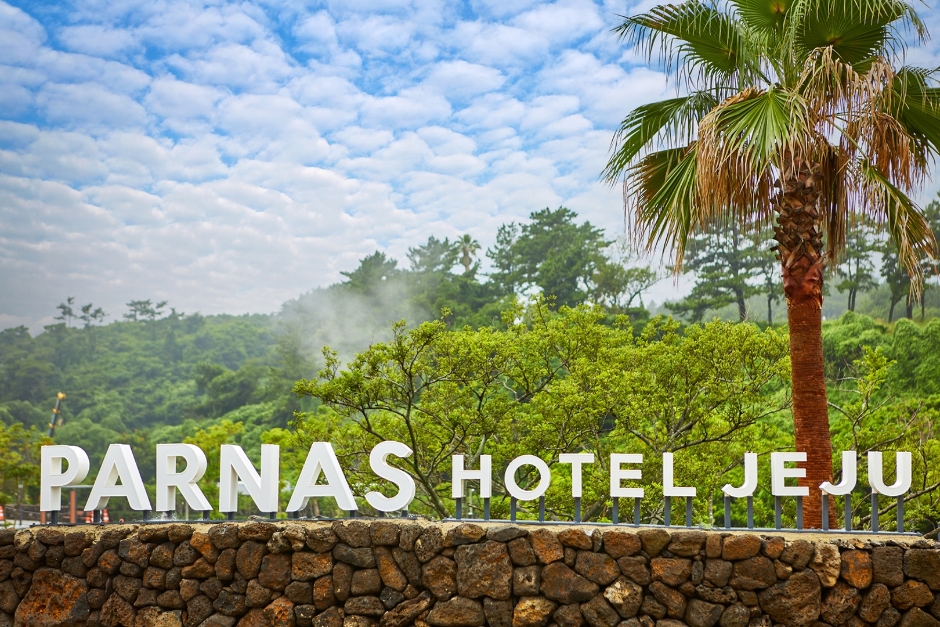
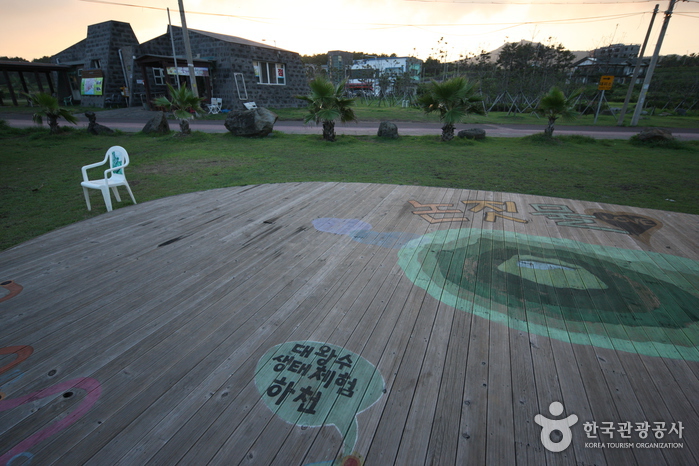
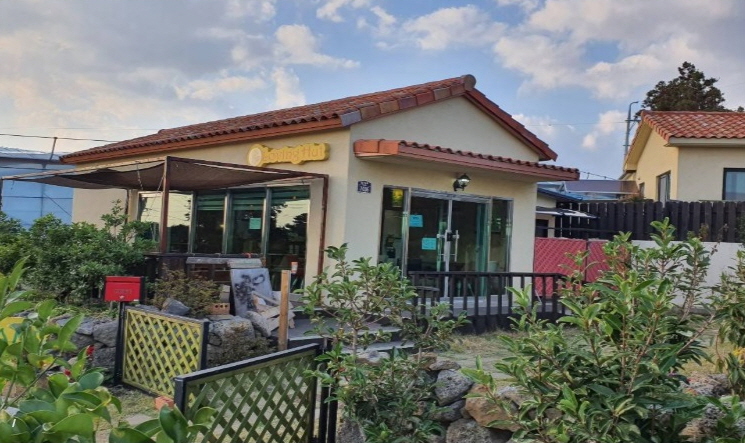
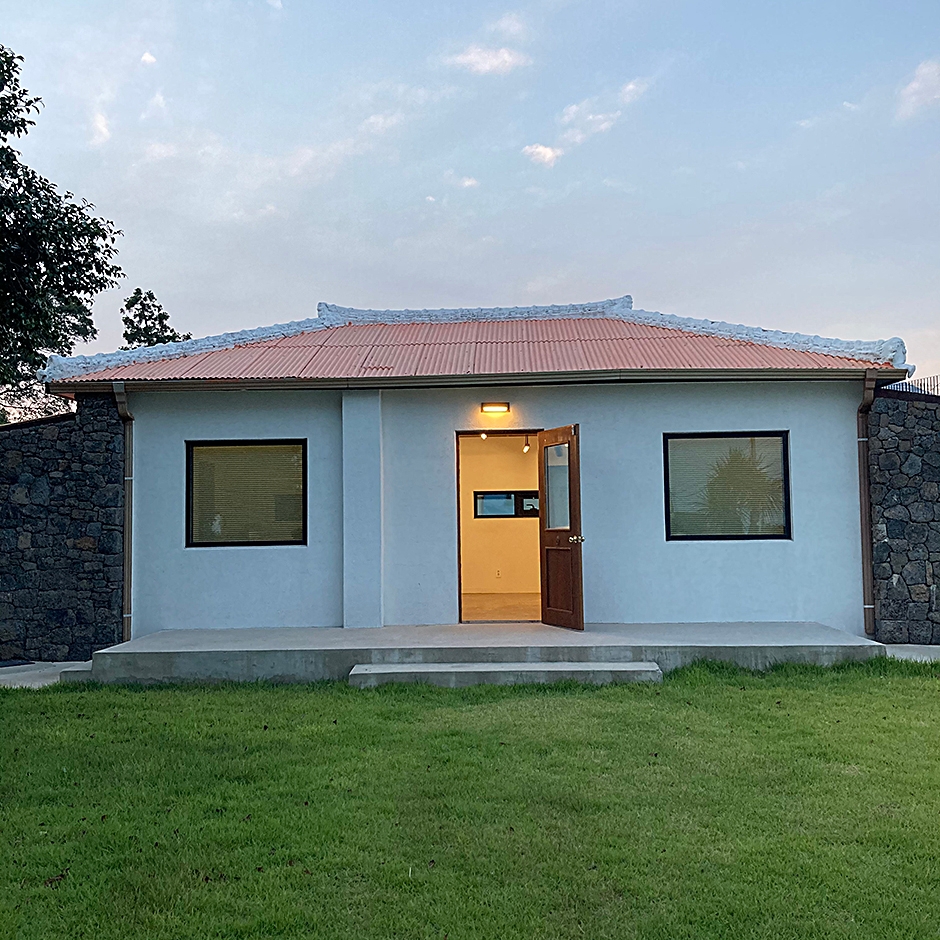
 English
English
 한국어
한국어 日本語
日本語 中文(简体)
中文(简体) Deutsch
Deutsch Français
Français Español
Español Русский
Русский